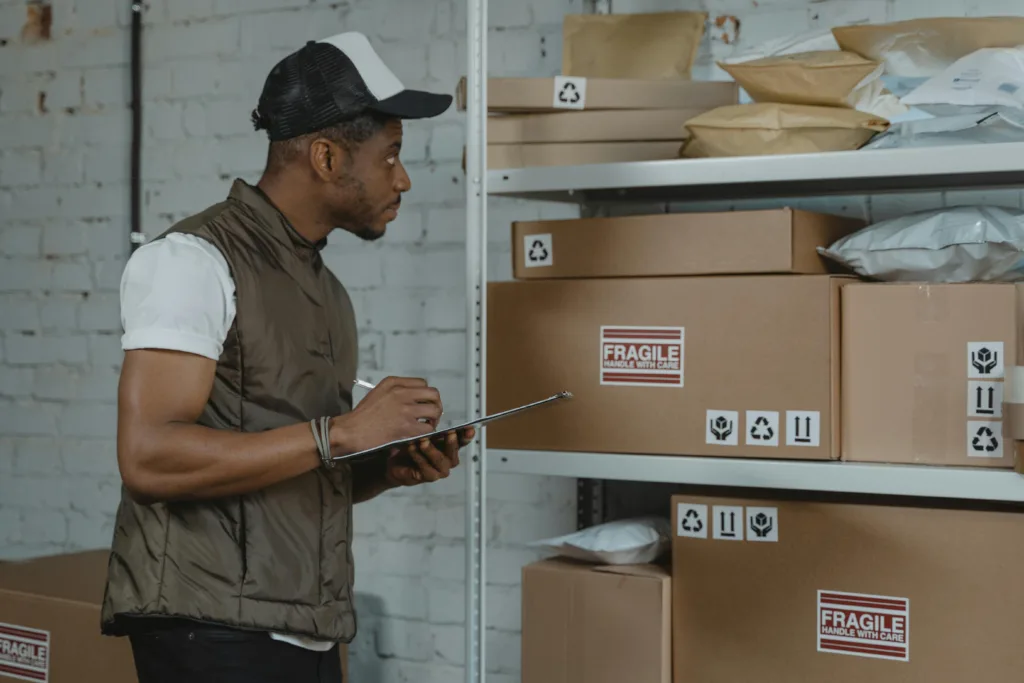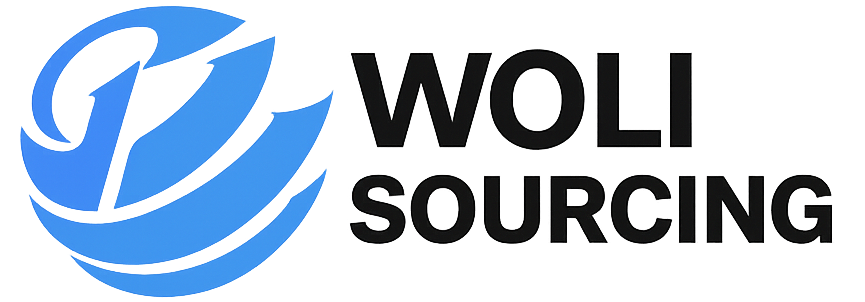If you want to grow your business with affordable, high-quality goods, learning how to import products from China is one of the best moves you can make. China is the world’s largest exporter, offering everything from electronics to textiles. But for beginners, the process of sourcing, shipping, and clearing customs can seem overwhelming. This guide will walk you step by step through importing from China, so you can avoid costly mistakes and build profitable partnerships with Chinese suppliers.
Why Import Products from China?
Many entrepreneurs choose to source from China because of:
- Lower manufacturing costs compared to other regions.
- Wide product variety across industries like electronics, fashion, and household goods.
- Scalable production capacity, allowing you to order in small or bulk quantities.
- Established global trade networks, making shipping from China relatively efficient.
According to World Trade Organization data, China accounted for more than 13% of global exports, proving its central role in international trade.
Step 1: Research and Select the Right Products
Before reaching out to suppliers, identify which products have strong demand and profit potential. Use tools like Google Trends or Amazon Best Sellers to analyze market demand. Look for items that are:
- Lightweight (to reduce shipping costs)
- Durable (to minimize product returns)
- In compliance with your target market regulations
Pro tip: Start with a niche where you have knowledge. For example, if you understand fitness, consider sourcing resistance bands or yoga mats from China.
Step 2: Find Reliable Chinese Suppliers
The success of your import business depends on finding trustworthy suppliers. Some popular platforms include:
- Alibaba
- Made-in-China
- Global Sources
When evaluating suppliers:
- Check company certifications and business licenses.
- Request product samples to verify quality.
- Communicate clearly to avoid misunderstandings.
Building relationships with Chinese suppliers is key. Reliable communication helps you negotiate better prices and maintain product quality control.
Step 3: Understand Import Regulations and Compliance
Every country has rules on what you can import. Research your local government’s import restrictions, certifications, and labeling requirements. For example, the U.S. requires FCC certification for electronics, while the EU enforces CE marking.
Failing to comply with these regulations can result in customs delays or product seizures. Work with a freight forwarder or customs broker who can guide you through customs clearance efficiently.
Step 4: Calculate Costs and Pricing
Importing products from China involves more than just the factory price. Factor in:
- Product cost (from supplier)
- Shipping fees (air or sea freight)
- Import duties & taxes
- Customs clearance fees
Create a pricing model that ensures profitability while remaining competitive. Many beginners overlook hidden costs, leading to thinner profit margins.
Step 5: Choose the Right Shipping Method
When shipping from China, you can choose:
- Air freight (fast but more expensive)
- Sea freight (cheaper but slower, ideal for bulk orders)
- Courier services (DHL, FedEx, UPS) (best for small quantities)
Partnering with an experienced freight forwarder can help you manage logistics and avoid shipping mistakes.
Step 6: Manage Quality Control
Quality control is essential when importing from China. Here’s how to ensure your products meet expectations:
- Order samples before bulk purchases.
- Hire third-party inspection services.
- Set clear specifications and agreements in writing.
Strong quality control processes help you build a trustworthy brand and reduce costly returns.

Step 7: Plan for Customs Clearance
Customs clearance is often the most stressful part for beginners. You will need:
- Commercial invoice
- Packing list
- Bill of lading or airway bill
- Import licenses (if required)
Working with a customs broker simplifies the process and ensures your goods reach you without unnecessary delays.
Common Mistakes Beginners Should Avoid
- Ignoring import regulations
- Not comparing multiple suppliers
- Underestimating shipping costs
- Skipping quality inspections
Avoiding these pitfalls will save you money and protect your business reputation.
Réflexions finales
Learning how to import products from China doesn’t have to be complicated. By following these seven steps—from product selection to customs clearance—you can streamline your sourcing from China and create a profitable business model. Whether you’re a small e-commerce seller or an established retailer, importing from China opens up countless opportunities.
For related guides, check out:






Really useful
So useful👍